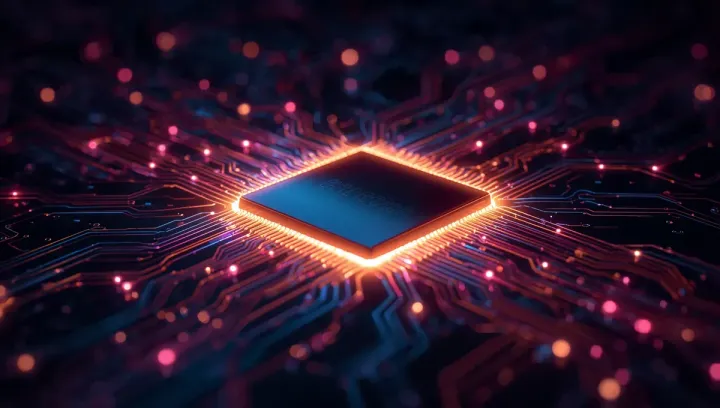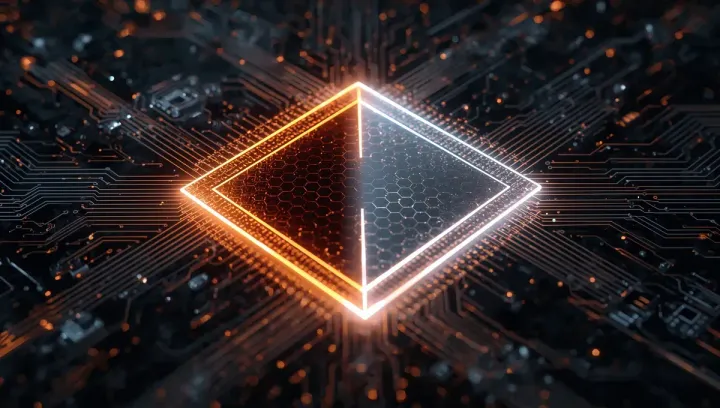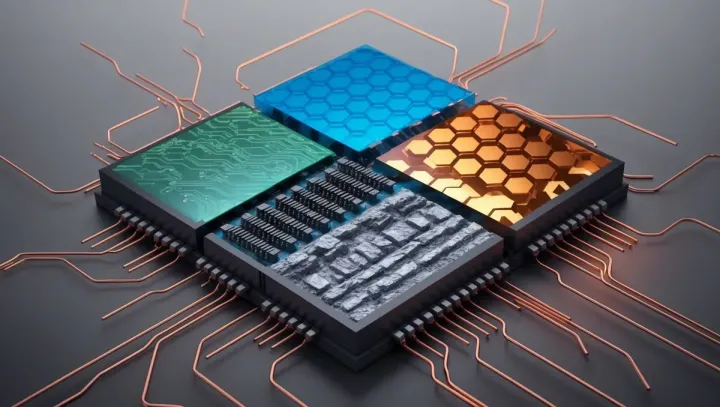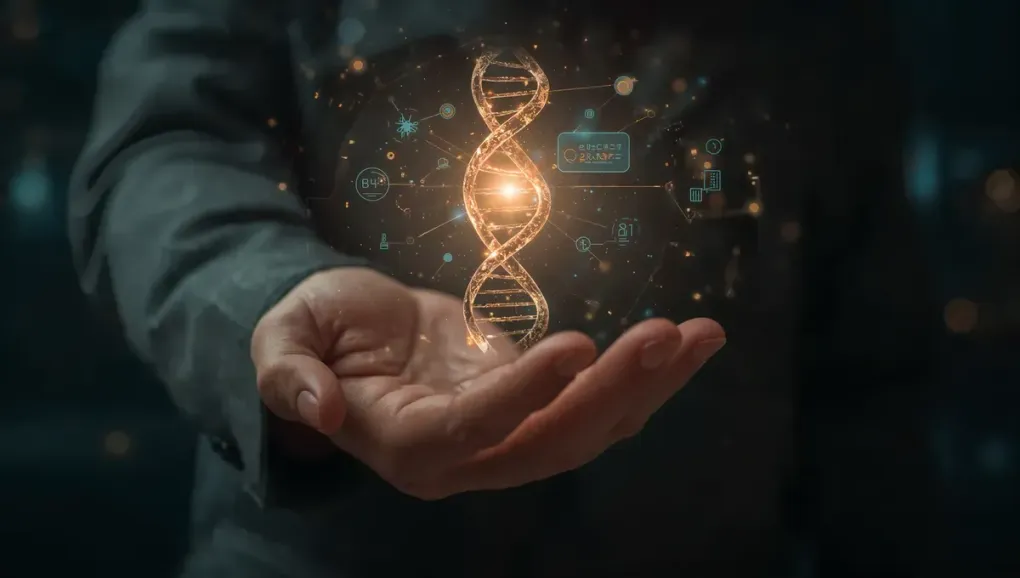
Future Chips: A Brain-Friendly Guide (Part 5) - Your Future with Graphene Chips: What to Expect
The Future You Can Actually Touch
We’ve been on quite a journey. We started with the humble silicon chip, met the “Avengers” of new materials, saw the future with light-speed photonics, and assembled our “Dream Team” hybrid chip.
So, what’s the point? A faster phone is nice, but this is bigger than that. This new era of computing isn’t just about making our current gadgets better; it’s about enabling things that were pure science fiction until now.
Here’s a glimpse of the future these chips will build.
An AI That Truly Understands
Today’s AI is impressive, but it’s like a genius who has only ever read books. It’s smart, but it doesn’t truly perceive the world. The bottleneck is the chip’s ability to move massive amounts of data.
Our hybrid chips solve this. They are so fast that an AI could process video, audio, and complex sensor data in real-time, all at once. It’s the difference between an AI that reads text and an AI that can watch a movie, understand the plot, feel the emotion in the actor’s voice, and discuss it with you. This will lead to smarter companions, more capable assistants, and scientific AIs that can find patterns in complex, real-world data.
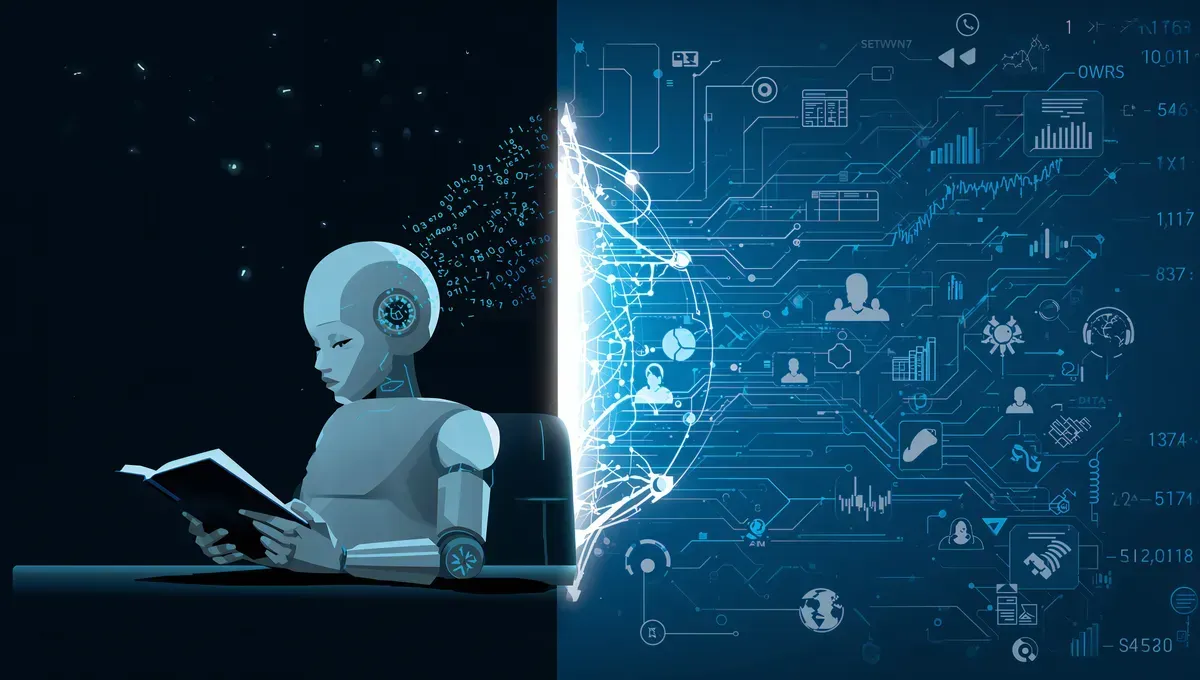
The Doctor Inside Your Body
Imagine a world where you don’t find out about a disease when you get sick, but months or even years before. The new materials like graphene are biocompatible, and the chips are incredibly energy-efficient.
This allows for microscopic sensors that can safely travel inside your body. Powered by a tiny, long-lasting battery, they could constantly monitor your blood for the earliest possible signs of cancer or heart disease, sending a quiet alert to your phone or doctor long before any symptoms appear. It’s the ultimate form of preventative medicine.
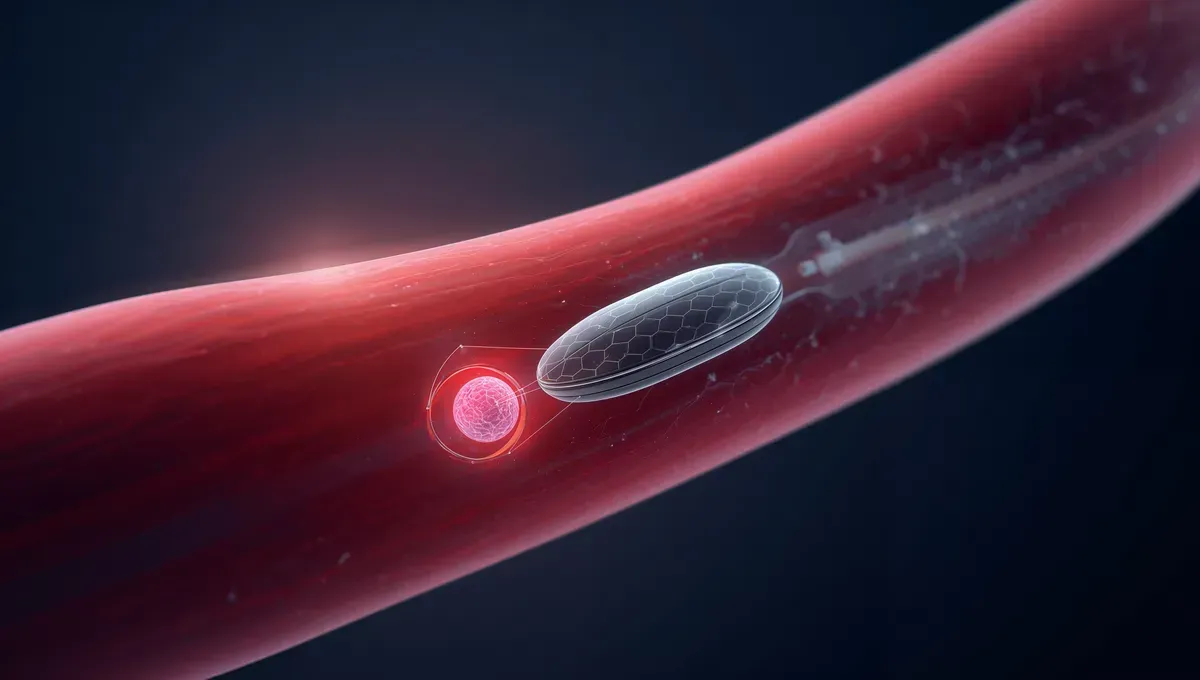
The End of “Lag” as a Concept
We hate lag. That half-second delay in a video call, the stutter in an online game. With hybrid chips, the communication between devices and the cloud would be almost instantaneous.
This doesn’t just mean better video calls. It means truly seamless augmented reality, where digital information is perfectly overlaid on the real world. It means holographic calls that feel like the person is in the room with you. It means cloud gaming that is indistinguishable from playing on a local console. The word “lag” might genuinely become a relic of a bygone era.
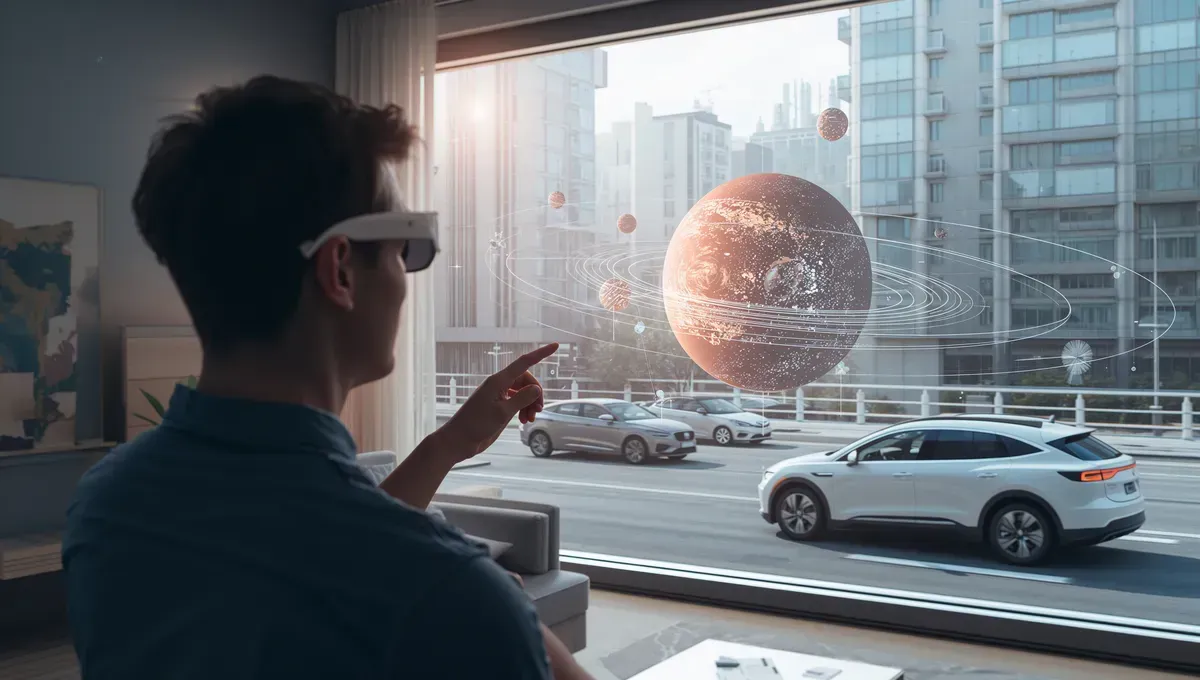
The Battery That Lasts for Days
This one is simple, but it changes everything. Because these chips waste so little energy as heat, the power savings are enormous.
Your phone, your laptop, your smartwatch, your wireless earbuds – imagine all of them lasting not for hours, but for days or even a week on a single charge. This efficiency will also be crucial for everything from electric vehicles to off-grid sensors, creating a more sustainable and reliable technological world.
A New Beginning
This five-part journey was about more than just new materials and fancy technology. It was about a fundamental shift in how we compute. By combining the best of silicon, 2D materials, and photonics, we are not just building a faster chip; we are building the foundation for a healthier, more connected, and more intelligent future.
Thank you for joining us on this tour of what’s next. The future is closer than you think.
References:
- Integrated electro-optics on thin-film lithium niobate (Nature Reviews Materials):
- Programmable multifunctional integrated microwave photonic circuit (Nature Communications):
- Review of Borophene (applications in sensors and energy storage):
